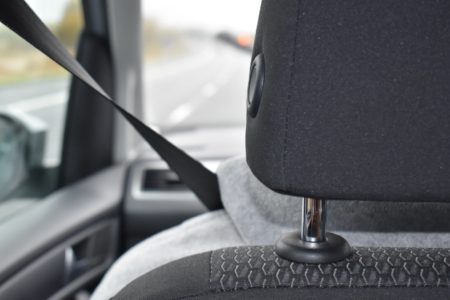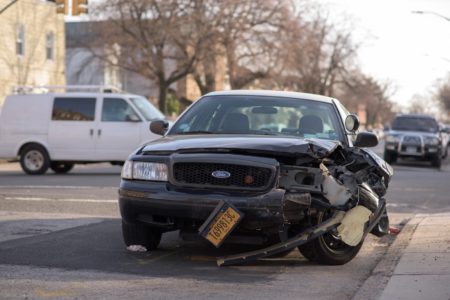by Cassie Davidson
When I came to the GTA for my summer job, the prospect of driving in the city was not one that I was looking forward to. Coming from a very small town in Ontario, congested roads, switching lanes, endless construction and impatient drivers were not part of my daily routine and I wasn’t sure how I was going to manage my new commute.
This got me thinking, what would a native city dweller think about driving in my area? Would they be just as wary about driving in a new environment as I was? Surely driving on a beautiful country road would be much safer than the 401. I began to look at the issue in more depth, and I discovered that both scenarios have their own issues to deal with.
As far as rural hazards go, there are the obvious ones like slow moving farm vehicles, dusty gravel roads, and increased wildlife. What I didn’t realize was that things like, rural driver’s habits and distance to the nearest hospital add increased danger. Also, drivers are more likely to speed in the country, as the roads can be virtually empty of other vehicles.
Another challenge of country driving is unlit and unmarked intersections, making navigation difficult for people who are not from the area. Something that seemed like second nature to me could really give someone from the city a tough ride.
In terms of city driving, increased traffic means more unpredictable drivers, cyclists and pedestrians around you. Also, factoring in traffic conditions is a must whenever you head out. All of this is part of everyday life for city dwellers, but completely new to me.
All in all, I think the best way to prepare yourself for driving in a new setting is to take yourself off of autopilot and adjust to the new conditions whatever they may be. Know what the hazards are associated with each area, and how to prepare for them, such as leaving room in the city, or taking it slow on gravel roads in the country. Just because you are a great city driver doesn’t mean that country driving will come as naturally to you and vice versa.
For more information on rural and city driving visit CAA’s Website: http://distracteddriving.caa.ca/education/rural-and-urban-hazards.php





